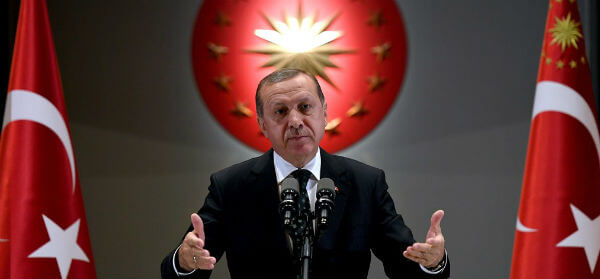
Mustafa Akyol writes: Since he was elected as Turkey’s president in August 2014, Recep Tayyip Erdogan has been hoping to redesign the Turkish Constitution to introduce an executive presidential system. The July 15 failed coup put that discussion aside for a moment, but not for long. Last week, the leader of the opposition Nationalist Action Party, Devlet Bahceli, who has lately emerged as a political ally of Erdogan, announced that his party could help the ruling Justice and Development Party (AKP) take the presidential system to a referendum. As a result, political observers began to expect a referendum in early 2017. In fact, government spokesman Hayati Yazici made the plan clear by noting that a constitutional amendment may come to the parliament in January and that a referendum could be held in April.
Given Erdogan’s popularity, which was only boosted with the public reaction to the coup attempt, the referendum would very likely get a “yes” vote. This would be followed by an election to choose the new president, a second ballot that Erdogan could easily win. Erdogan, in other words, may well be the first leader of the second Turkish Republic whose political system will revolve around an executive presidency.
What kind of presidency would this be? An answer to this question came from Justice Minister Bekir Bozdag, an Erdogan confidant, last week. “[Mustafa Kemal] Ataturk’s era was presidential system in action,” he said, asking, “Can you name any prime minister of that era with the exception of [Ismet] Inonu? You can’t.” This reference to Ataturk surprised some observers, because the conservative/Islamic political camp that Erdogan and his party comes from has traditionally not been a fan of Ataturk and his staunchly secularist era. Turkish-American academic Timur Kuran noted the irony here, tweeting: “Turkish Islamists have treated Ataturk’s regime as a destructive dictatorship. Now AKP uses Ataturk to justify its own monopoly of power.” [Continue reading…]

